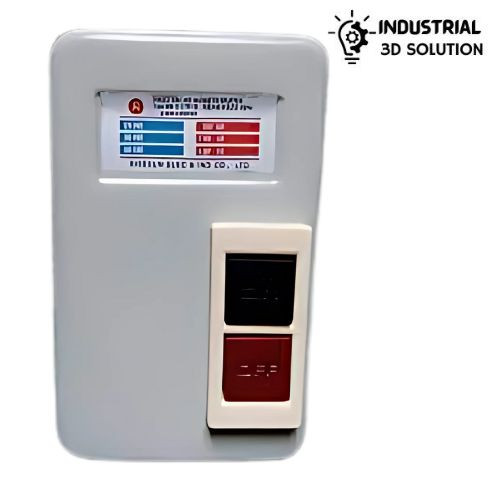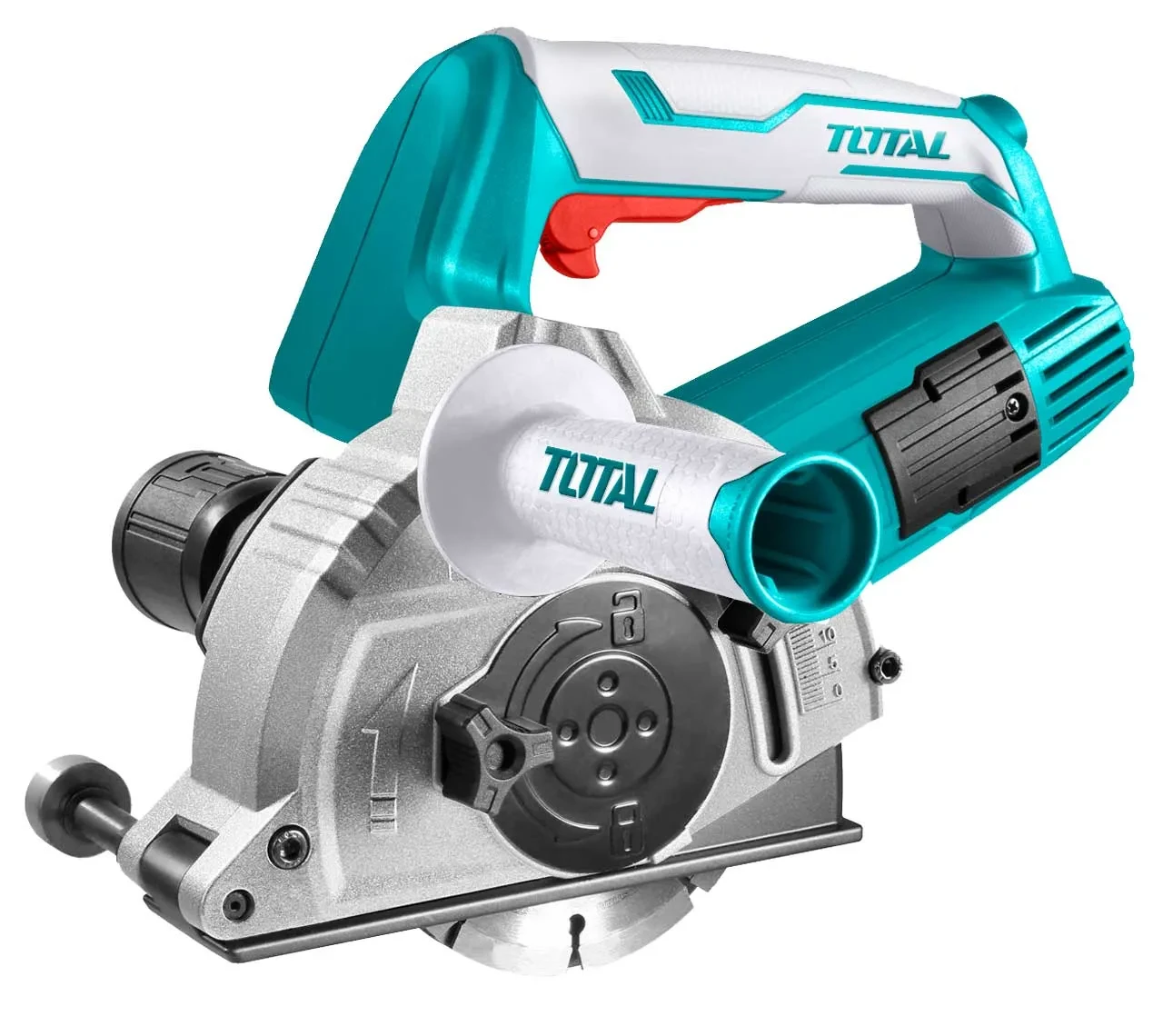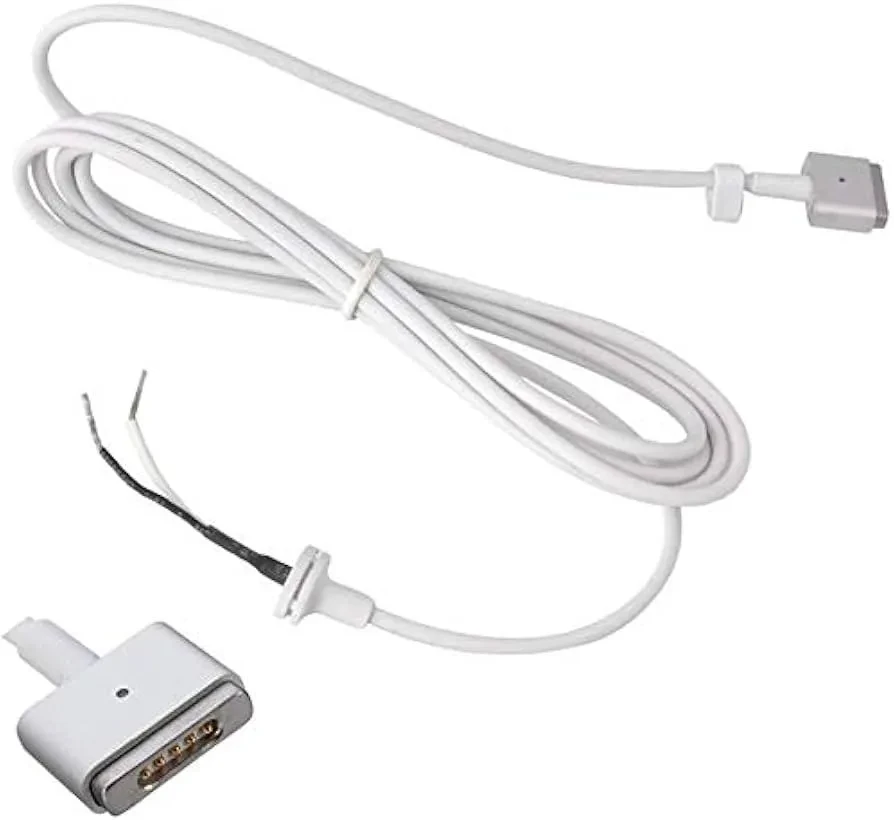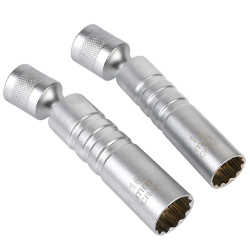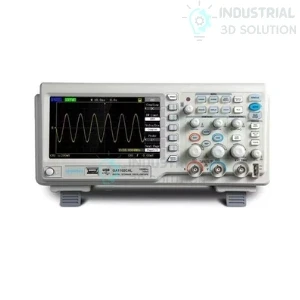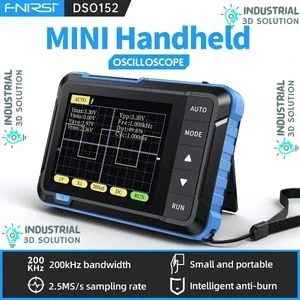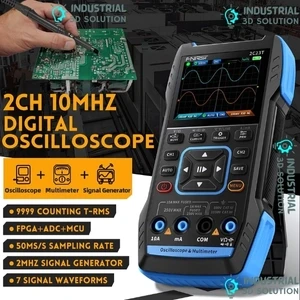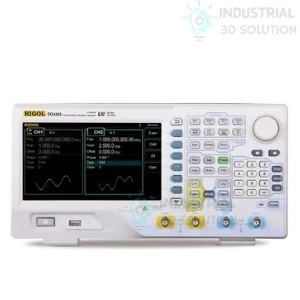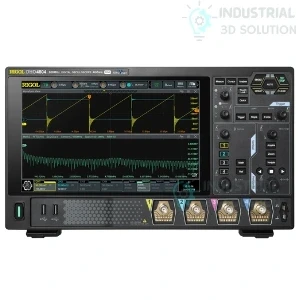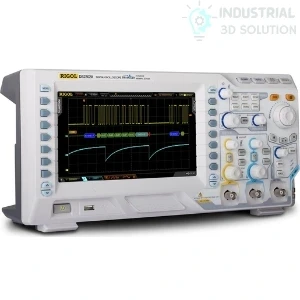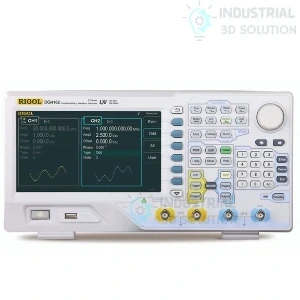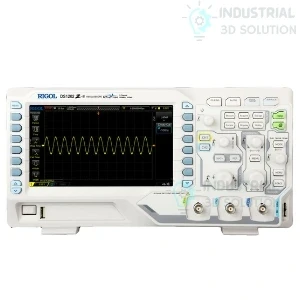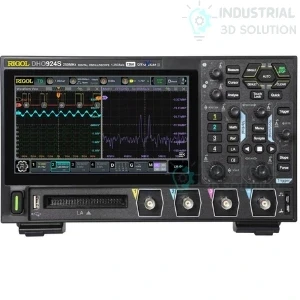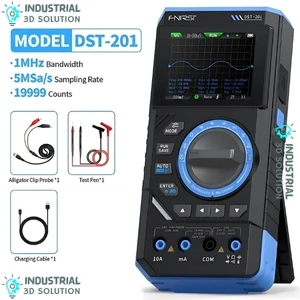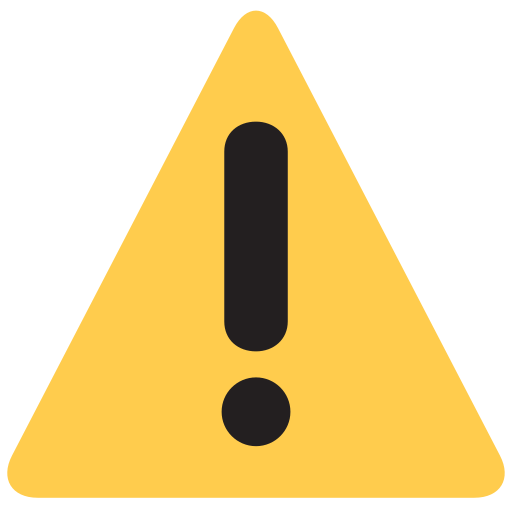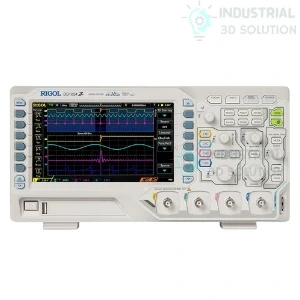

Rigol DS1054Z Oscilloscope – 50MHz, 4CH, 1GSa/s Sampling
Inhouse product
-
৳12,300.00
৳13,500.00
Reviews & Ratings
The Rigol DS1054Z is one of the most popular entry-level digital oscilloscopes for electronics engineers, technicians, and educators. Offering 50MHz bandwidth, 4 analog input channels, and a real-time sampling rate of up to 1 GSa/s, this oscilloscope delivers exceptional performance for its class.
Designed with a large 7-inch WVGA display, intuitive controls, and deep memory architecture, the DS1054Z makes it easy to visualize, capture, and analyze complex signals. With 12 Mpts of standard memory (expandable to 24 Mpts), advanced triggering, and optional serial bus decoding, it is ideal for debugging embedded systems, troubleshooting circuits, and teaching waveform analysis.
Reliable, feature-rich, and budget-friendly, the Rigol DS1054Z is an excellent choice for professionals, students, and makers alike.
Key Features:
-
50MHz analog bandwidth
-
4 independent analog channels
-
Real-time sampling rate of 1 GSa/s
-
Standard 12 Mpts memory depth (upgradable to 24 Mpts)
-
Up to 30,000 wfms/s waveform capture rate
-
7” WVGA (800 × 480) color display
-
Advanced triggering modes: edge, pulse width, slope, video, alternate
-
Optional serial decoding for I²C, SPI, UART, CAN, LIN
-
USB Host and USB Device connectivity
-
Compatible with Rigol’s UltraSigma software for PC integration
Technical Specifications:
-
Bandwidth: 50 MHz
-
Channels: 4 analog
-
Sampling Rate: 1 GSa/s real-time
-
Memory Depth: 12 Mpts standard, 24 Mpts optional
-
Waveform Capture Rate: Up to 30,000 wfms/s
-
Vertical Resolution: 8-bit
-
Vertical Sensitivity: 1 mV/div to 10 V/div
-
Time Base Range: 5 ns/div to 50 s/div
-
Trigger Types: Edge, Pulse, Video, Slope, Alternate
-
Display: 7” TFT LCD, WVGA (800 × 480)
-
Connectivity: USB Host, USB Device, LAN (with adapter)
-
Weight: Approx. 3.2 kg
-
Power Supply: 100–240V AC, 45–440 Hz
Applications:
-
Embedded System Debugging – View, trigger, and decode signals from microcontrollers and peripherals
-
Electronics Education & Training – Perfect for learning signal analysis and oscilloscope basics
-
Circuit Testing & Repair – Troubleshoot analog and digital signals in DIY or professional repair labs
-
Design Prototyping – Validate PCB behavior and capture transient faults during development
-
Power Electronics – Analyze switching behavior, timing, and noise in low-frequency power applications
-
Automation & Industrial Testing – Used in basic automation control testing and field diagnostics
-
Communications & Serial Bus Decoding – Analyze I²C, SPI, UART signals (with optional licenses)
Frequently Bought Products
Product Queries (0)
Login Or Registerto submit your questions to seller
Other Questions
No none asked to seller yet
-
৳12,300.00
৳13,500.00



